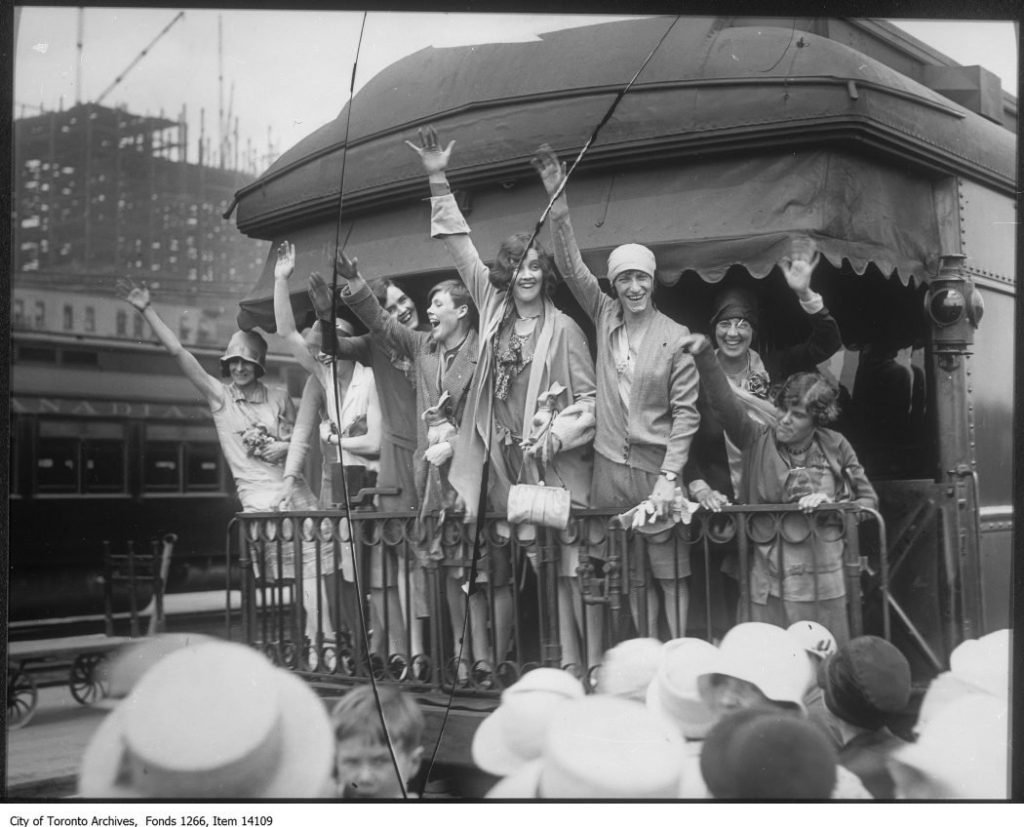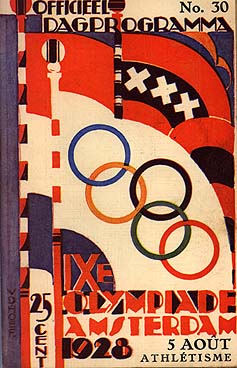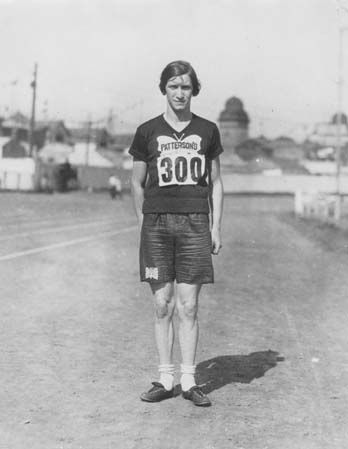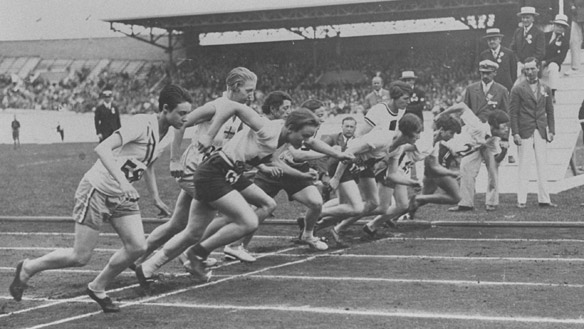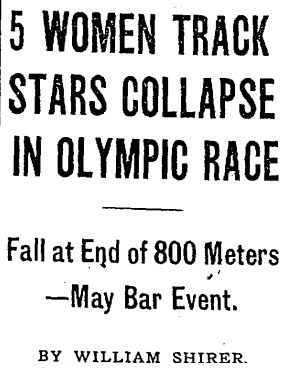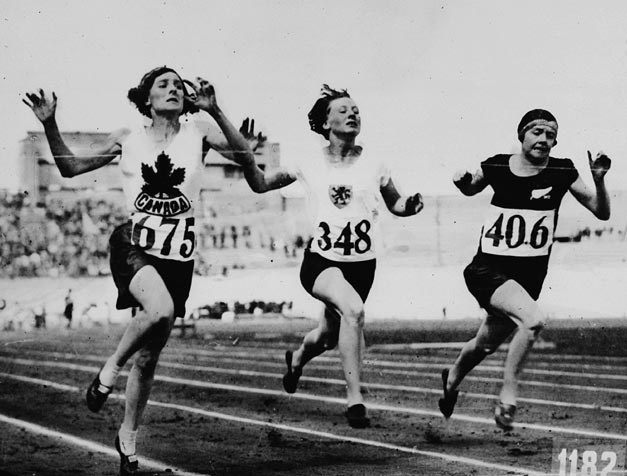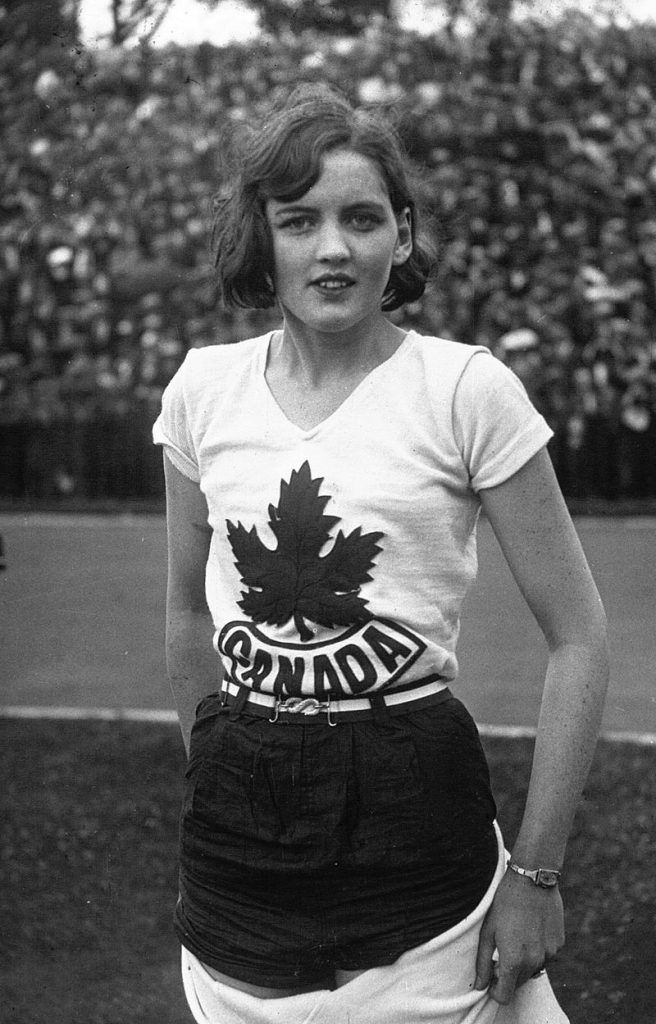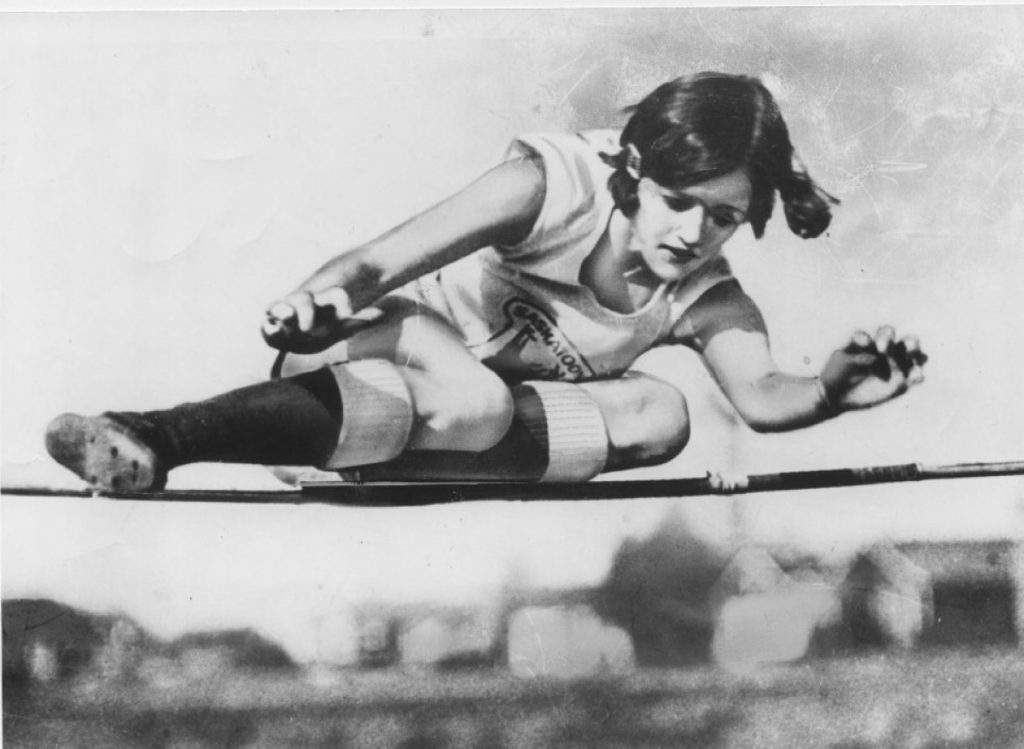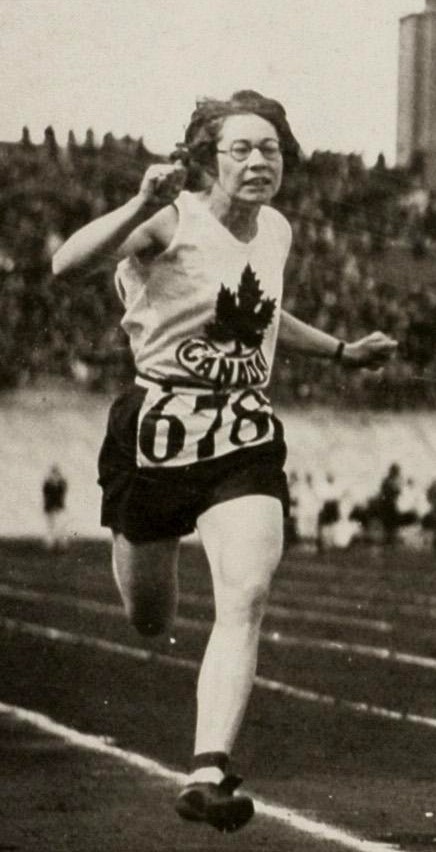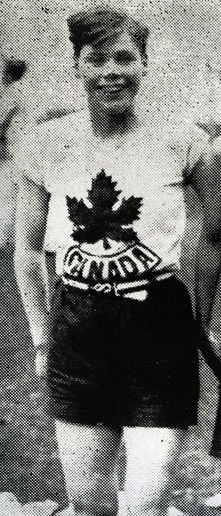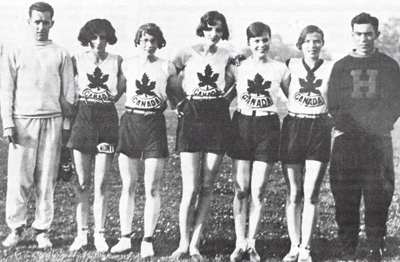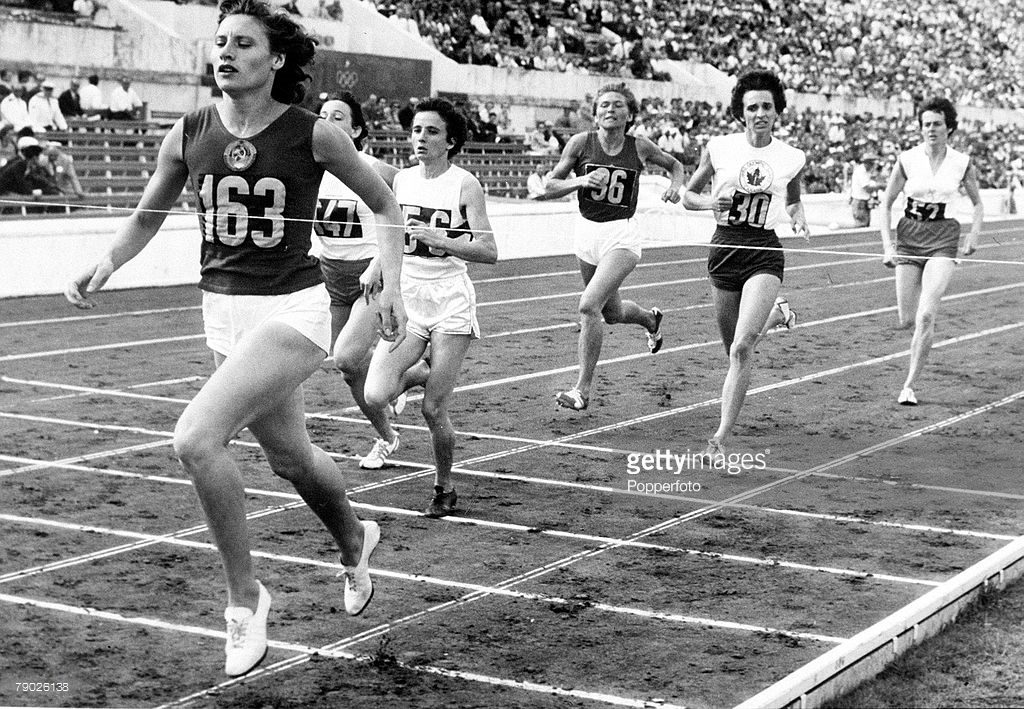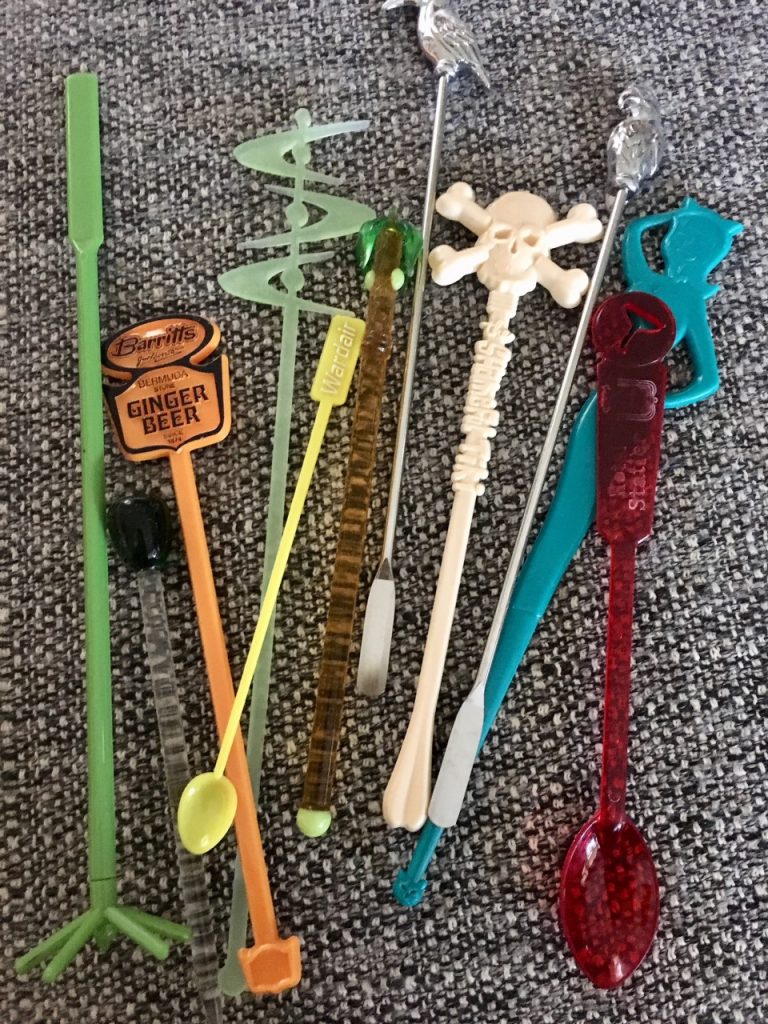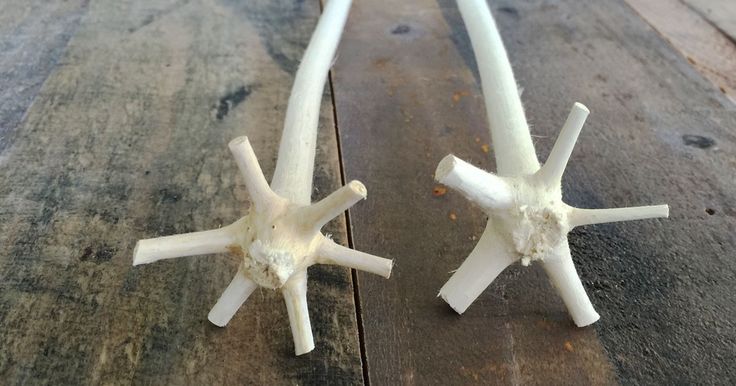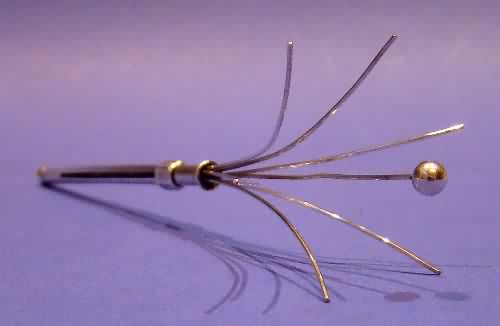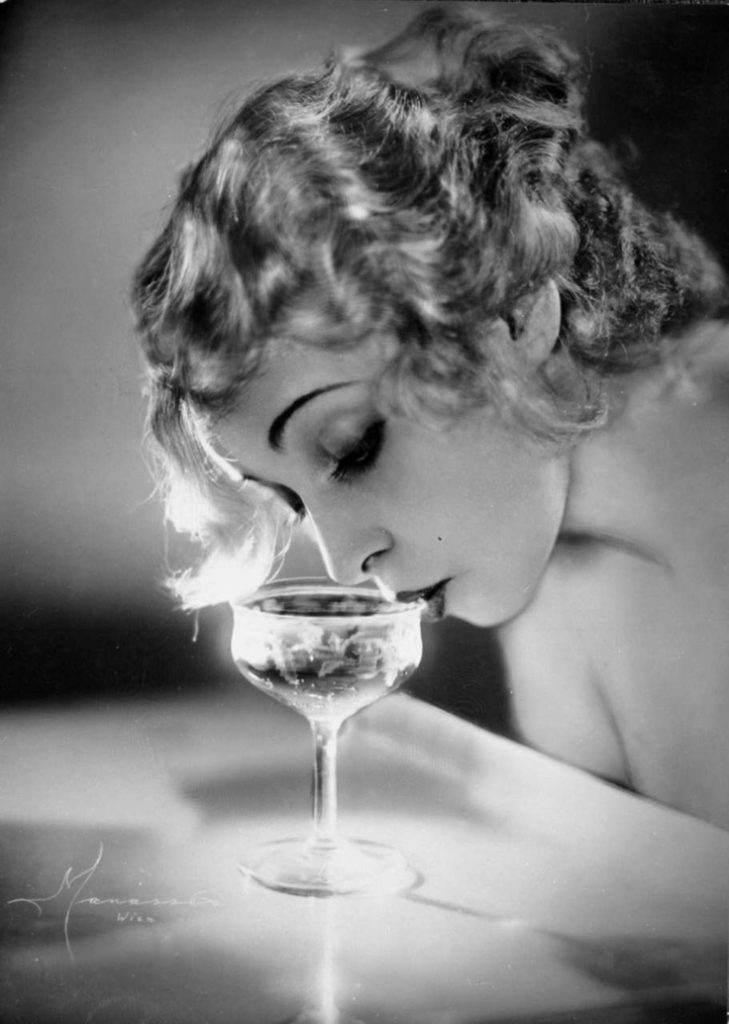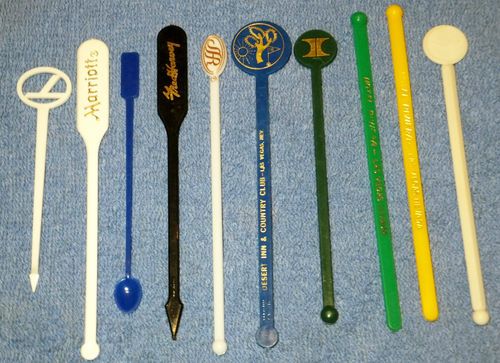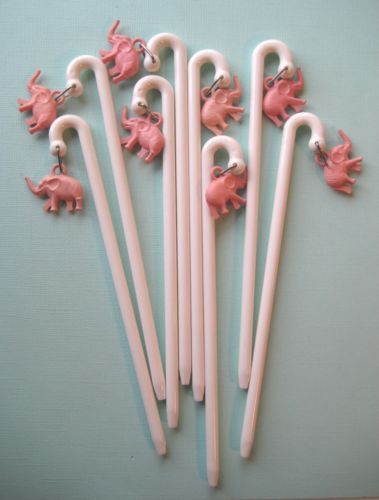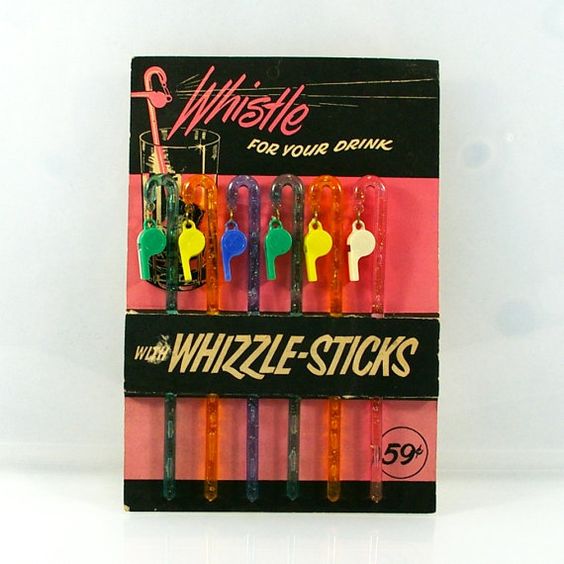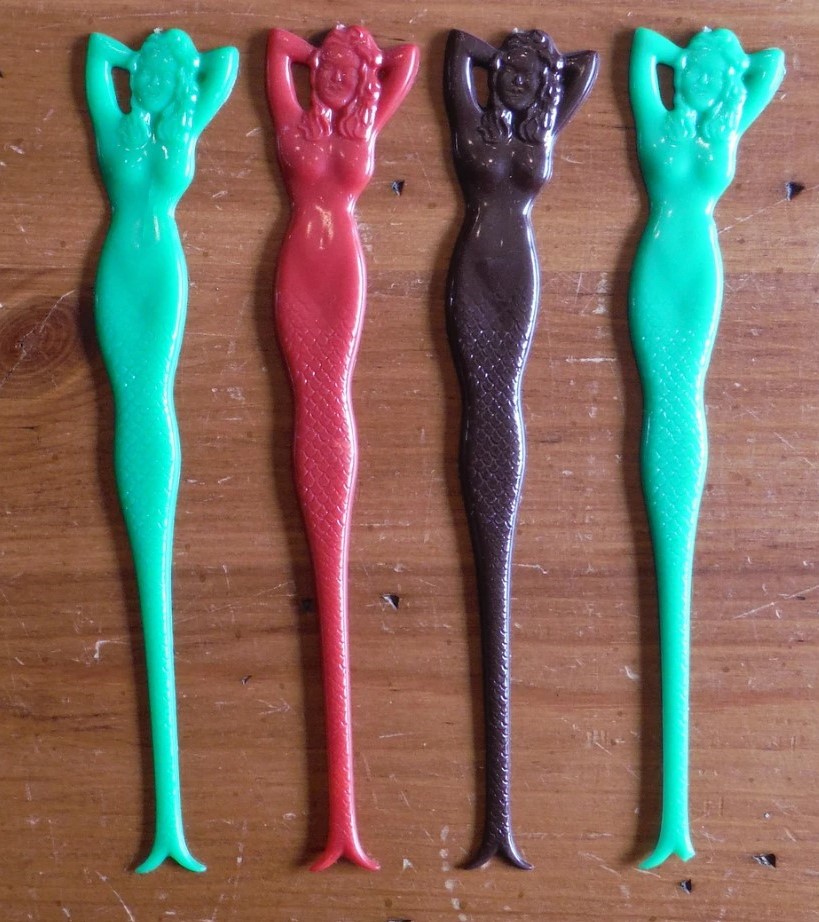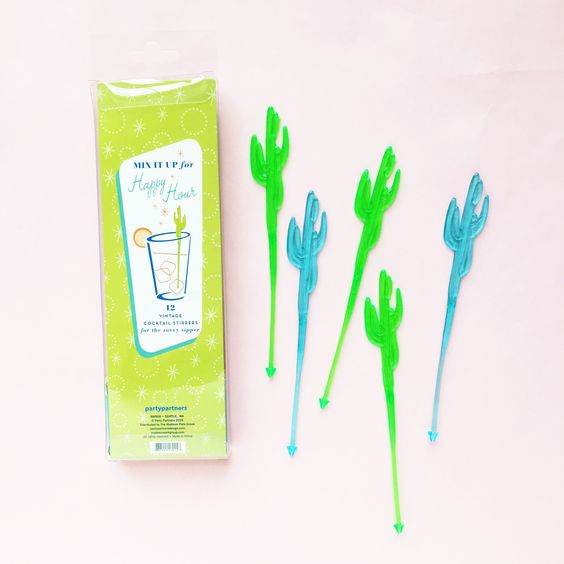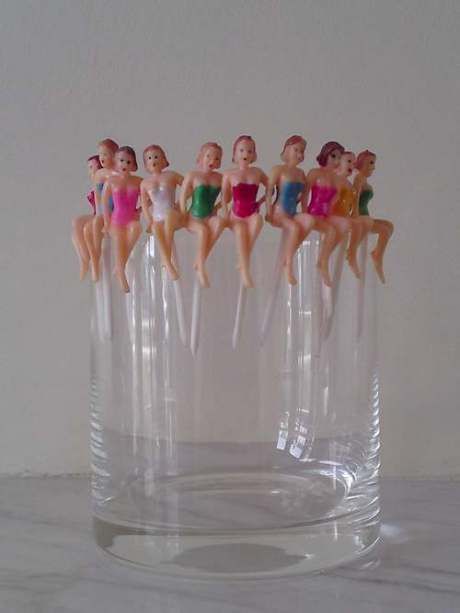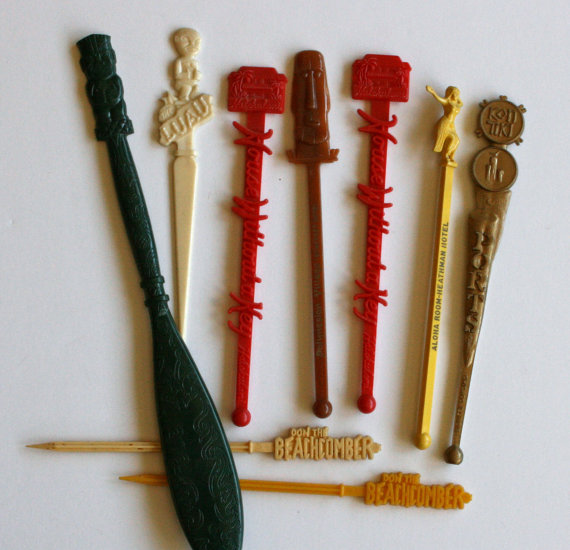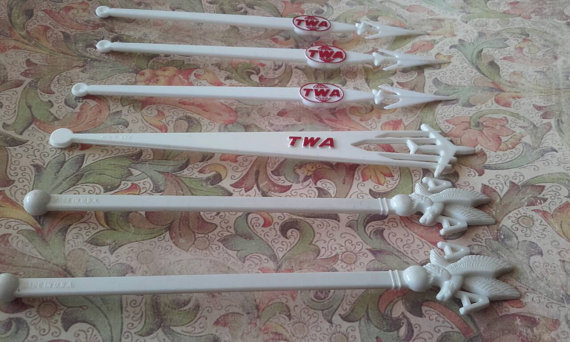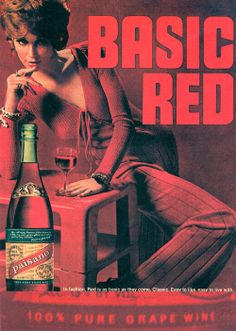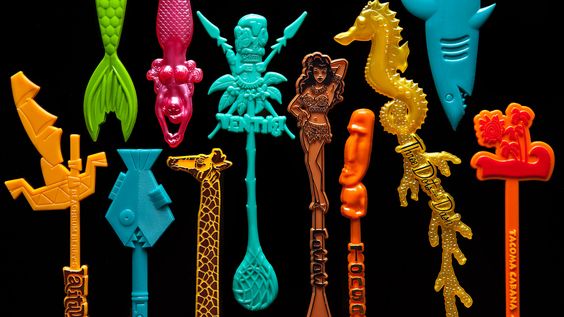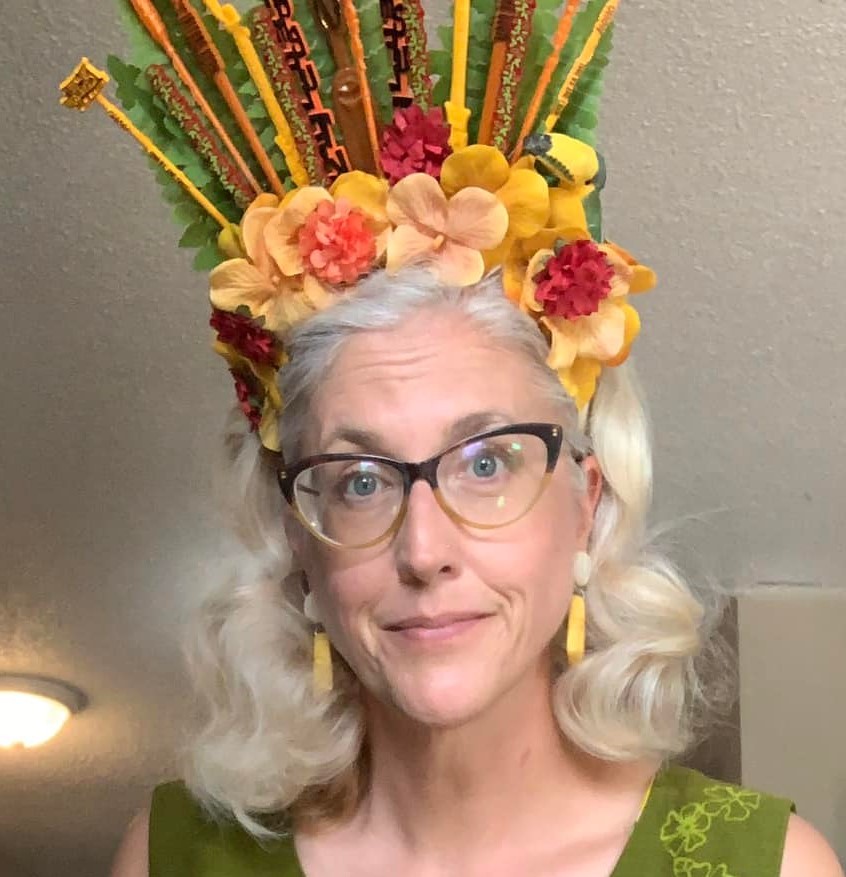October is Women’s History Month and the Toronto Archives has been posting on and off some wonderful photos of Canadian Women who achieved great things in life. One of the recent photos was the one below. It’s from 1928 and features 7 women from the Canadian Olympic team heading off to forge their place in sports history.
So who exactly were these women and did they achieve their Olympic dreams? Lets find out in today’s blog post….
Canada’s First Female Olympic Medalists – 1928
The Vintage History & Photos
1928 Summer Olympics in Amsterdam
The 1928 Summer Olympics in Amsterdam was a milestone for women in Canada as this would be the first time they would be allowed to participate at these games and in Track and Field (Note: In 1924 the Winter Olympics did have 15-year-old Canadian, Cecil Smith but that was all that was sent). Canada would end up sending 6 women for track and field and 1 more who was sponsored privately and was a swimmer (Source).
Who are the women that participated in 1928?
Myrtle Cook, Jean Thompson, Ethel Smith, Ethel Catherwood, Fannie Rosenfeld, Florence Bell and Dorothy Prior.
The track and field team were nicknamed the “Matchless Six” and Canadians had high hopes for these ladies of speed and strength (even though there were many that felt that women participating in the Olympics was controversial).
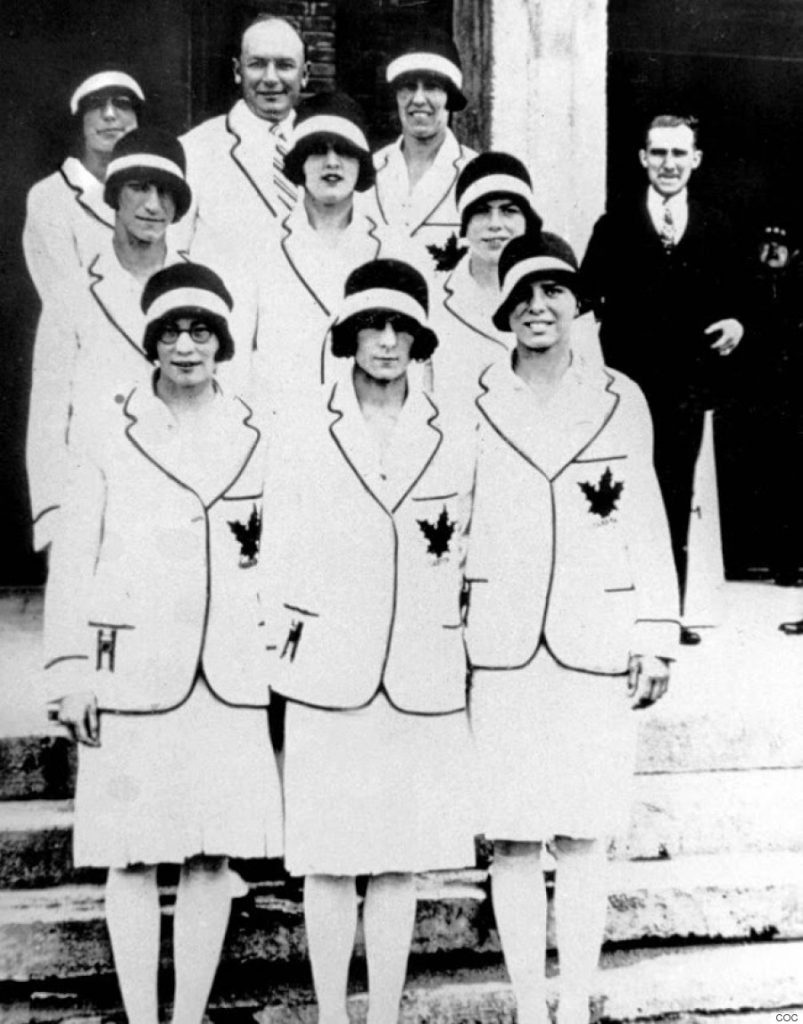
How did they do at the Olympics?
That year Canada sent 69 Athletes to the games and took home 4 Gold’s, 4 Silver’s and 7 Bronze and ranked 10th in the world. Where did our women place?
Fannie “Bobbie” Rosenfeld
Was considered the best all around athlete on the team, competing in both track and field. She did not disappoint and went on to win the gold medal for the 400 meter relay, a silver for the 100 meter (in a photo finish), and a fifth place in the 800 meter. Rosenfeld scored more points for her country than any other athlete at the Games, male or female (source).
The 800 Meter Race Controversy – The most controversial race for women at this time. Why? Two full laps around the track, at full speed was considered too stressful for the delicate female body.
Rosenfeld was never supposed to be in this race, as 17-year-old Jean Thompson was set to run it and considered a medal contestant. Jean had hurt herself in training before the games and now found herself extremely nervous before the big race, so Bobbie was asked to race with her to encourage and support her teammate. This turned out to be a good idea because Jean did in fact falter (due to being hit by another runner) and Rosenfeld would then run from the back of the pack to beside Jean and let her finish ahead in fourth place while she took fifth.Their team manager Gibb called it “one of the finest exhibitions of sportsmanship ever witnessed on any track”.
At the finish line, 5 of the women that ran the race collapsed at the end due to “giving it all they had”.
The media felt differently about this race though and would end up going on the attack saying things like, “it was hysterical” and “the competitors were floundering all over the place” (from an Australian publication called the Bulletin). The London Times called it a “warning for women’s athletics in general” and Harper’s Magazine deemed the competitors “wretched women (Source).”
Sadly the press was looking for failure even when failure was not there.
I am very proud of Bobbie & Jean personally!
Myrtle Cook
(#675 below)
In this photo 15-year-old Myrtle is show winning the preliminary heat in the women’s 100m race against Norma Wilson of New Zealand and Bets ter Horst of Netherlands on July 30, 1928 (Source).
Myrtle’s Olympic journey was not an easy one at first, as she ended up being disqualified from the 100m finals for 2 false starts. She would bounce back by running the last leg of the 4 x 100-metre relay securing a first place finish for the Canadian relay team made up of Cook, Jane Bell, Ethel Smith, and Bobbie Rosenfeld.
Ethel Catherwood
Nicknamed “Saskatoon Lily”, Ethel’s sport in 1928 was High Jump and she had a Gold Medal victory by jumping 1.59 metres defeating dutchwoman Lien Gisolf.
This win was the first ever gold medal awarded to a female high jumper and she holds the title as the only Canadian female athlete to have won an individual gold medal in an Olympic track and field event.
Ethel Smith
Ethel would go on to win the Bronze in the 100 meter with Bobbie as well as Gold in the 4 x 100 m rely.
Jane Bell
Helped bring home the Gold in the 4 x 100 m relay at the young age of 18.
Dorothy Prior
The swimmer on the team and competed in the women’s 200 metre breaststroke (at the age of 16). She would come in fourth place. Unfortunately I have not been able to find any other photos, beyond the one at the very beginning of Dorothy.
More Milestones:
Did you know that their wins equaled 25% of Canada’s medal haul and they were the only country to win more than one gold across the five track and field events in Amsterdam? That is an incredible! (source)
What happened when they got home?
“The Matchless Six” returned to ticker-tape parades in Toronto and Montreal. The press estimated that 200 000 people jammed Toronto’s Union Station and adjacent Front Street and another 100 000 lined the parade route (Source).
BUT the “Controversy” of sending women to the Summer Olympics (especially after the 800 meter race), was not forgotten and the IAAF voted to keep women athletics, but in a much limited form: They removed the long jump, shot put, 200 metres and 800 metres from the realm of women’s competition.
It would be 32 years before women would be permitted to run the 800-metre race at the Olympics again (Source).
Friends that is the story of Canada’s first female Olympians, I hope you enjoyed learning all about these amazing women and their journey to making history and the struggles that they had to endure and overcome. I know I sure did!
FURTHER READING:
- Collection of Blog Posts on ‘Vintage Women’s History‘
- Vintage Photo Tuesday: Winter Olympics-1920’s to 1950’s
- Vintage Summer Olympic Posters & Advertisements
Liz

